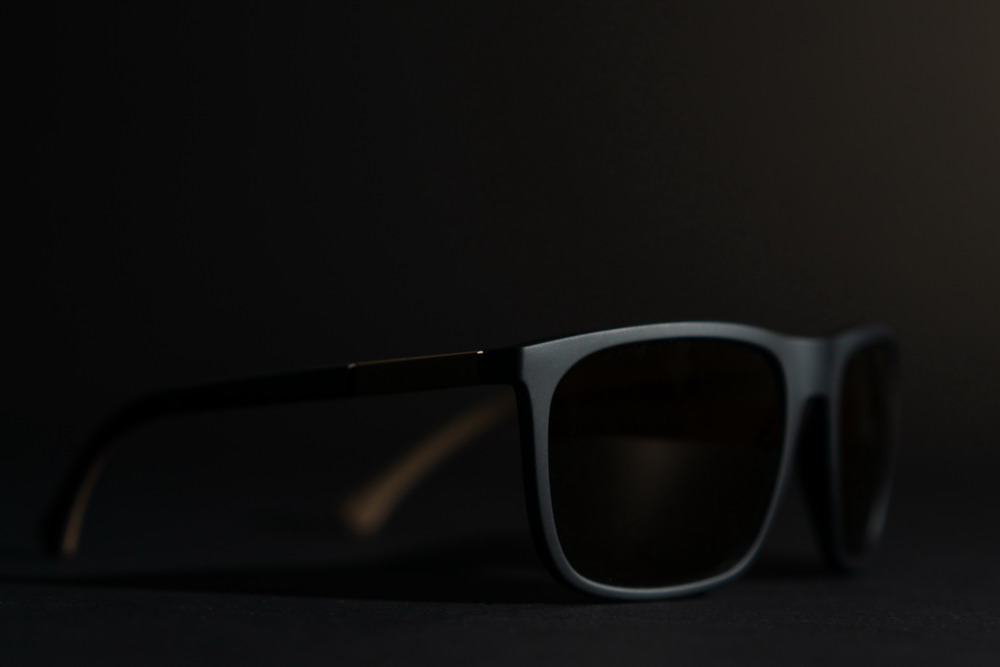There is word on the street that 3D printing technology has entered the eyewear design arena thanks to a partnership between HP and Oakley. The two companies have apparently agreed to employ HP’s Jet Fusion system to help Oakley with design and prototyping. Jet Fusion is HP’s most advanced 3D printing system for plastics.
Before you get too excited, it is unlikely that 3D printers will ever become the default means of mass-producing designer eyewear. The technology is simply too slow and too costly as compared to injection molding. It would take a miracle to replace injection molding at this point in time.

So why is Oakley even entertaining 3D printing? It is all about design and prototyping. Adding 3D printing capabilities greatly enhances Oakley’s ability to get new sunglasses designed and into the pipeline more quickly. The faster they can get designs from concept stage to full production, the more profitable their business – at least in theory.
The Importance of Prototyping
Olympic Eyewear, a Salt Lake City company that designs more than two dozen brands of affordable wholesale sunglasses, explains that prototyping is important in their industry. It is actually important throughout the entire manufacturing sector. In the eyewear world, prototyping serves some particularly important purposes.
First, prototyping helps designers bring their plans to life. Rather than just looking at simulated images on a computer screen, prototyping gives them a pair of frames they can actually hold in their hands. They can put the frames on their faces to see how they feel. They can stick them in their pockets and throw them in the glove box to see how they perform.
Prototyping also helps companies like Olympic Eyewear figure out the best manufacturing processes. Throughout the prototyping stage, designers and engineers alike look at what it will take to mass produce the finished product when it is finally ready to go.
Time is of the Essence
The one downside to prototyping is that it takes time. Time can be the enemy when you are trying to get new designs to market. It is especially troublesome for eyewear – and sunglasses in particular – because consumers are looking for new models with every seasonal change. Thus, manufacturers need ways to prototype as quickly as possible.
This is where 3D printing comes in. Prior to 3D printing technology, prototyping a pair of sunglasses required either making a less realistic version by cutting it from foam or going through the lengthy process of creating a custom mold to facilitate injection molding.
A foam prototype is not realistic enough. Prototyping with injection molding is time-intense and cost-prohibitive. 3D printing is the solution to both. It affords designers the opportunity to create a genuine pair of plastic eyewear frames in a comparably short amount of time. What would take weeks to complete through injection molding can be done in hours using a 3D printer.
Mass Production Another Story
Even with 3D printing improving Oakley’s prototyping process, the company will still rely on older technologies for mass production. Enter injection molding. This tried and true process has been transforming plastic pellets into millions of different parts for decades.
Olympic eyewear says injection molding is the preferred manufacturing process because it is easy, cost-effective, and very repeatable. A good injection molding set up can churn out millions of pairs of identical sunglasses with very little human effort.
Yes, 3D printing has made its way into the eyewear design arena. Its entrance will speed up design and prototyping considerably. Yet production will still be the domain of that old and reliable process known as injection molding.